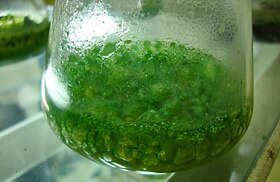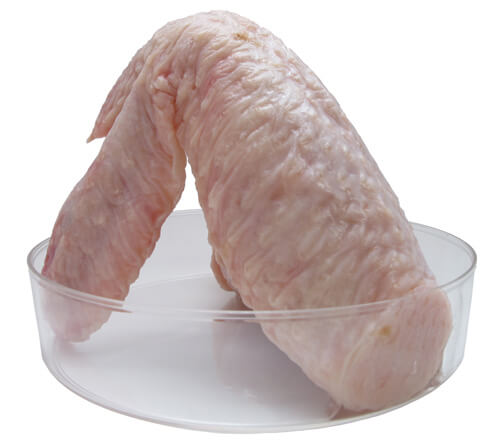 "Nothing wrong with dog's milk. Full of goodness, full of vitamins, full of marrowbone jelly. Lasts longer than any other type of milk, dog's milk."
"Nothing wrong with dog's milk. Full of goodness, full of vitamins, full of marrowbone jelly. Lasts longer than any other type of milk, dog's milk." -Holly, Red Dwarf
Food is an important part of life, and can help bridge the gap between the real world and the imagined. Storytelling of most kinds can benefit from food, allowing us to better envision an imagined world via our association with food. In science fiction, we can easily ignore the fact that people need to eat. What food may or may-not be available in the future is a subject of debate. But it is likely that as living space dwindles here on Earth, and the hunger of the worlds populations grows, that we will need to pursue a wider range of foodstuffs.
In my X-Plorers setting, "
Terry Go Home!", there are ccertain food staples found throughout the setting. Player characters will encounter these foods, and will be well acquainted with them. Below is one of them.
Manna

Manna is a catchall term for several species of blue-green algae such as
chlorella and
spirulina (as well as modified strains) that are highly useful as a renewable food source. Manna is high in protein and other essential nutrients, and has become a staple amongst colonists, spacers and the poor. As manna reguires only water, warmth and light to grow, it is very easy to maintain a steady supply.
Most spaceships (class 2 and up) come equipped with "Manna Farms" which grow a small amount of this foodstuff, processing it into several forms determined by the farms design. Manna is itself mostly tasteless (remeniscent of green tea) but holds introduced flavors with "chocolate," vanilla, peanut butter, and "fruit" flavors being the most common. The most notable forms of Manna are:
Manna Bar: Protein bars with a chewy consistency, typically chocolate, peanut butter, fruit or assorted mixes of all of the above. This is a common ration when exploring a planet and amongst the poor of Terra.
Manna Shake: This is a "milkshake" like substance (similar to ensure) that combines all of the nutritional value of a full meal, as well as quenching thirst. Commonly flavored in chocolate or vanilla.
Food Paste: This is the same substance found in the survival pack detailed on page 10 under Adventuring Gear. It is normally flavored.
Spacers Gruel: The simplest form of Manna, this food product is a soupy substance with a consistency optimistically compared to cream of wheat. As well as supplying the benefits of a full meal, spacers gruel also aids in the absorption of water (somewhat like Gatorade) and delivers stimulants needed to start the day. Spacers gruel is not normally flavored, it is just food.
Other Variants: Manna is sometimes made into a wide range of other substances, though these are used primarily on established colonies or on the larger ships. These variants include a protein spread (similar to
Vegemite), ice cream, puff snacks and breakfast cereals.
New Equipment
 Manna Farm, Basic ( 100cr):
Manna Farm, Basic ( 100cr): This is a small unit designed to maintain and cultivate a small amount of Manna for an unlimited period of time as long as it is supplied with power and filtered water. Each farm can produce enough food paste for two grown men, or enough spacers gruel for one every day. This is normally unflavored. All spaceships have this version of a Manna Farm on board.
Manna Farm, Advanced (200cr): This is a more complex version of the Manna Farm, capable of producing Manna bars, shakes, paste and gruel. Furthermore, the food produced may be flavored as desired.












